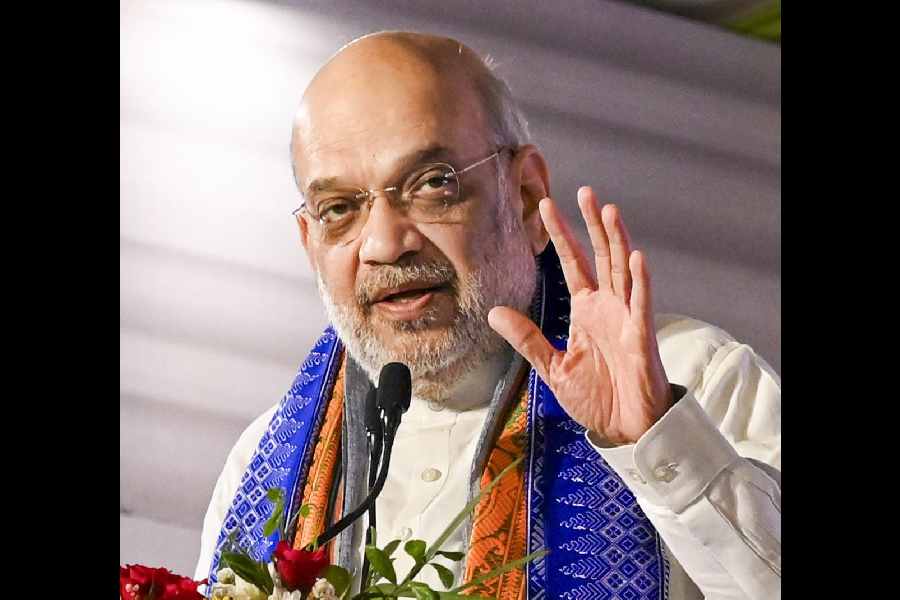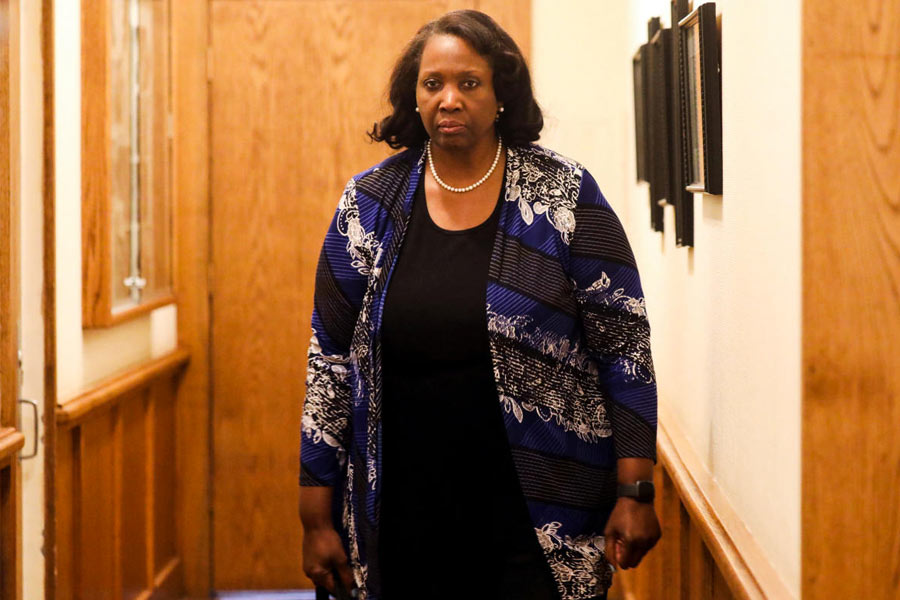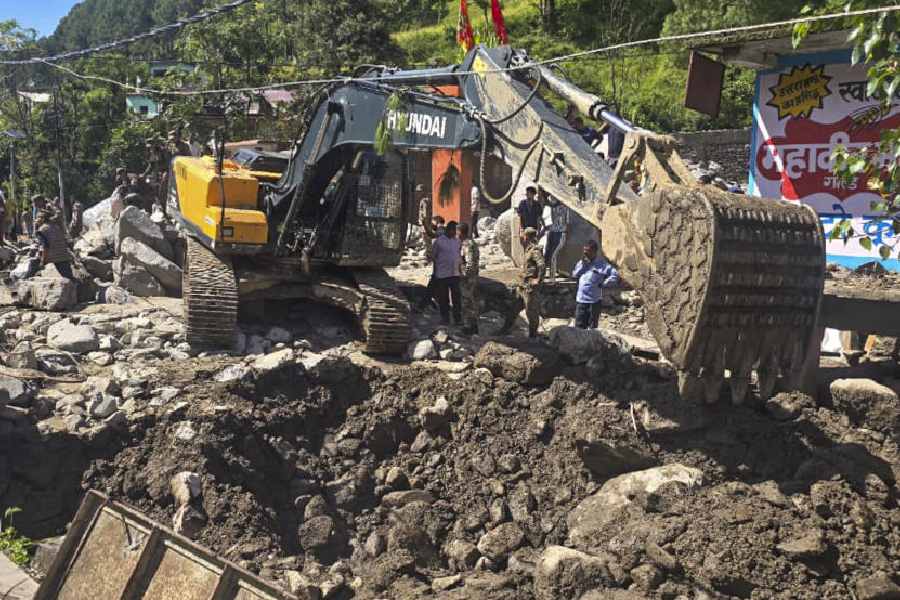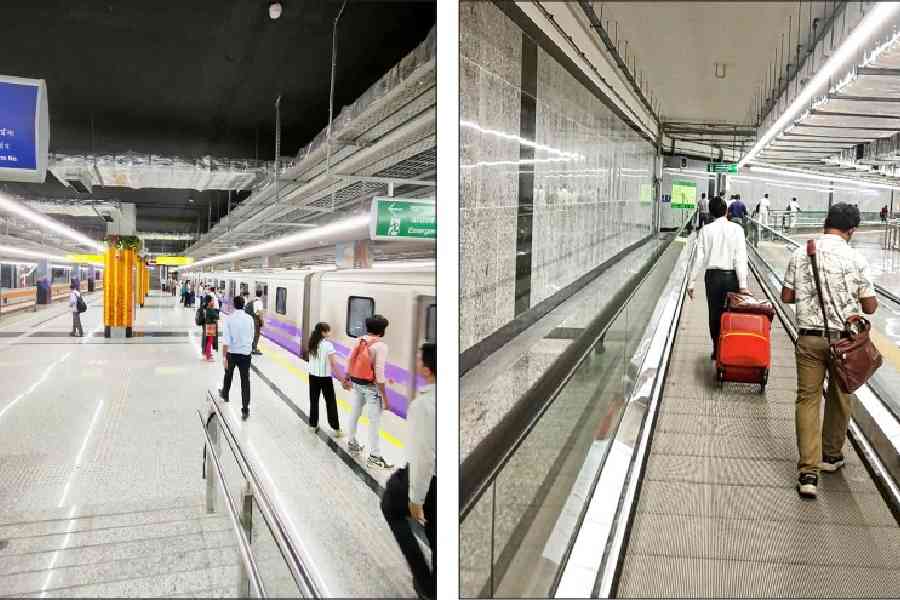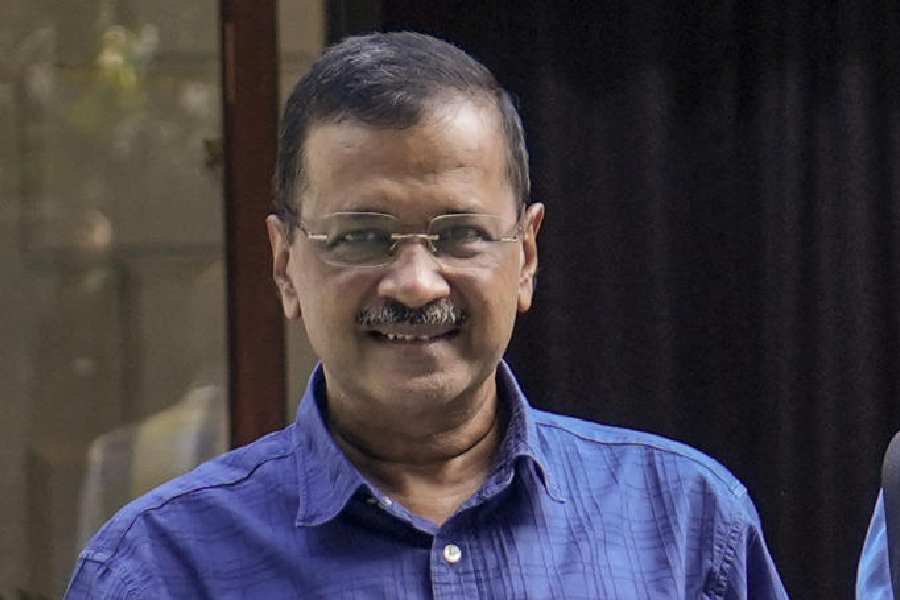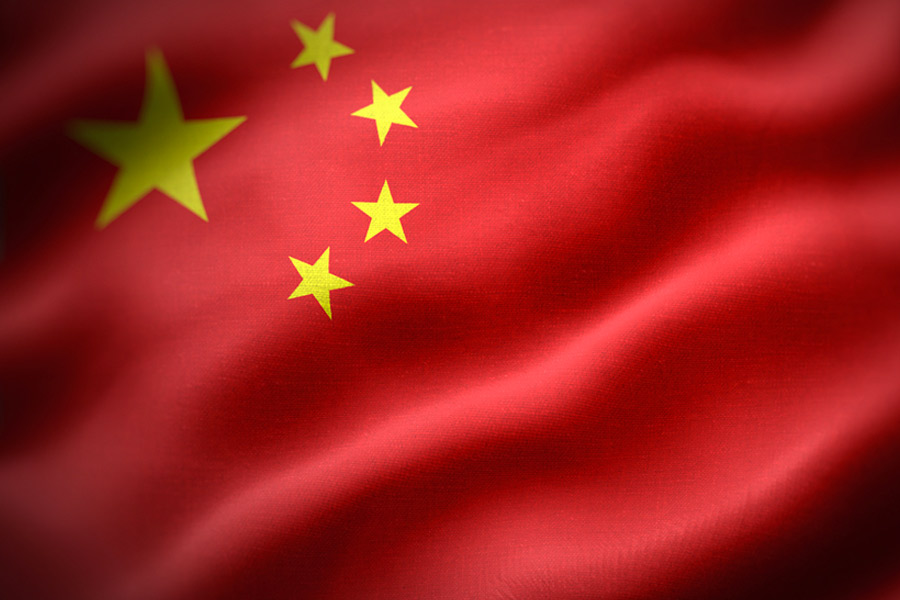 |
| St Basil’s Cathedral |
 |
| The dome of St Isaac’s Cathedral |
 |
| The interiors of a palace in St Petersburg |
 |
| Tsarkoe Selo |
 |
| A stained glass painting of Christ at St Isaac’s Cathedral |
 |
| The Kremlin overlooks the Moskva river |
The Mexican novelist Carlos Fuentes once famously said, “The camera is modernity’s paint brush.” Holding on to that belief, I passionately tried to capture the myriad colours and dimensions of Russia and her people. But as I quickly learned, no glossy snapshot — no matter how ingeniously taken — could ever replicate the splendour of this country. From the imperial beauty of Moscow and St Petersburg to the romantic Siberian countryside, Russia is fascinating.
As I emerged from Moscow’s Domodedovo airport, my first glimpses of the city totally threw me. What I expected was a grim picture of the 1930’s Soviet Realism. What I got instead was a rich tapestry woven out of medieval and Byzantine threads overlaid with the neo-classical. Orthodox churches with golden cupolas and ornate turn-of-the-century mansions seemed to outnumber the anonymous apartment blocks. Despite Moscow’s failed attempt to win the 2012 Olympics, dramatic renovations have been continuing in the city.
Now a tour of the capital city should always start from its epicentre — the impressive Red Square. Then of course, work in the mesmerising St Basil’s Cathedral, which is part of the Square and all the places nearby like Lenin’s tomb and the G.U.M department store (pronounced ‘goom’) that lies just outside the Square.
Then there’s Russia’s seat of power, the Kremlin, which stands high on a hill towering over the Moskva River. The Kremlin is a fabulous conglomeration of palaces, churches and the Armoury — the last of these a dazzling museum with riches including the exquisite Faberge eggs. I also strolled past The Bolshoi, Moscow’s oldest opera and ballet house, which has enjoyed over 220 seasons.
Indeed as I wandered all over the city, I was more and more convinced that Moscow is the cultural Mecca of Europe. But while artistic and historical beauty abounds in the city, the scars of the past also make their presence felt. So alongside magnificent facades like the Cathedral of Christ the Saviour and the Novodevichy Convent, the former KGB headquarters loom large. Here in these basements, I was told, thousands of prisoners were tortured and executed.
Yes, Moscow is sightseeing heaven! There’s plenty to feast your eyes on, but it’s near impossible to squeeze in everything into one day — even if you do it on skates. Among the other hotspots I managed to cram into my itinerary were the observation platform of Sparrow (Lenin) Hills (the highest point in Moscow); the 36-storey Moscow State University (one of the seven skyscrapers known as Seven Sisters); Victory Park and Poklonnaya Hill with the World War II Memorial. The tiny hill of Poklonnaya is where Napoleon stood and bowed toward Moscow after his troops captured it.
But there’s more to Moscow thank just hunks of history. I visited Arbat Street, a bohemian quarter replete with street dancers, Krishna supporters and pavement artists. And a little later, I hopped a ride on the city’s unique underground that was conceived by Stalin to not only provide fast, effective city travel, but also to celebrate Soviet achievement.
I was whisked from the marble and stainless steel Mayakovskaya station to the ceiling mosaics of happy Belarusian workers and farmers at Belorusskaya station. The older metro stations, especially those on the circular line, are designed as palatial galleries lavishly decorated with Soviet artworks. In no other city in the world can urban travel be so engaging!
My dose of Moscow magic complete, I took an overnight train to St Petersburg, known as the Venice of the North for its beautiful palace-lined waterways. Comprising 44 islands, numerous canals and more than 500 bridges, this is a city that owes its existence to the iron-willed vision of Peter the Great. The city was the first in the world built according to preconceived plans and was created more as a work of art.
It’s obvious. This is a city that displays its many layers for all to see. Art Nouveau, Palladian and Stalinist architecture are all part of the rich mix. At last count, there were about 250 palaces in St. Petersburg. Russian President Vladmir Putin, who happens to be a native of St. Petersburg, allocated over $ 50 billion for restoring many of the city’s 15,000 historical palaces, mansions and theatres.
I almost developed a case of whiplash here, so fast was my head turning, trying to take in one glorious sight after the other. The Peter & Paul Fortress, the Decembrists’ Square with the monument of Peter the Great, the St Isaac’s Cathedral, the Palace Square with the Winter Palace and famous Alexander Column, Our Saviour’s Church — the list goes on and on.
Museum lovers will be floored by The State Hermitage in St Petersburg, one of oldest, largest and most famous museums in the world. Located in the historic Winter Palace, it houses over 3 million items right from prehistoric to modern times. Art connoisseurs will have one canvas after another to feast their eyes on here. Think Leonardo da Vinci, Raphael, Rembrandt, Picasso and Van Gogh. I also passed the famed Marinsky theatre, the Smolny monastery and finished with a quick walk down Nevsky Avenue, the main street of the city.
If all that sight-spotting gets you hungry, there are plenty of places to satiate your appetite. Yeliseev, the lavish Art Nouveau style emporium on Nevsky that was once nicknamed the Temple of Gluttons, is stocked with many delicacies. If elegant dining is more your thing, try Bellini in the city’s university quarter. And if it’s sushi you like, head on over to Ginza, where you’ll be quite amused to find blonde waitresses toodling about in kimonos.
If St Petersburg lines up plenty of sightseeing action, there’s lots more outside the city walls. A one-day trip from St Petersburg is the Palace-and-Park ensemble of Pushkin (or Tsarskoe Selo). This former country residence of the Russian emperors is a fascinating monument and at its heart is the exquisite Catherine’s Palace. Don’t pass up a peek at the Amber Room — made of more than a half a million pieces of amber.
Throwing off the blanket of communist uniformity and having been opened to travellers only in the last few years, there’s much more to Russia, I discovered. And after my few days in the country that spans 11 time zones and two continents, all I could do at the end of it was raise my glass of Stolichnaya and pronounce, “To Russia with love”.
Photographs by the author





